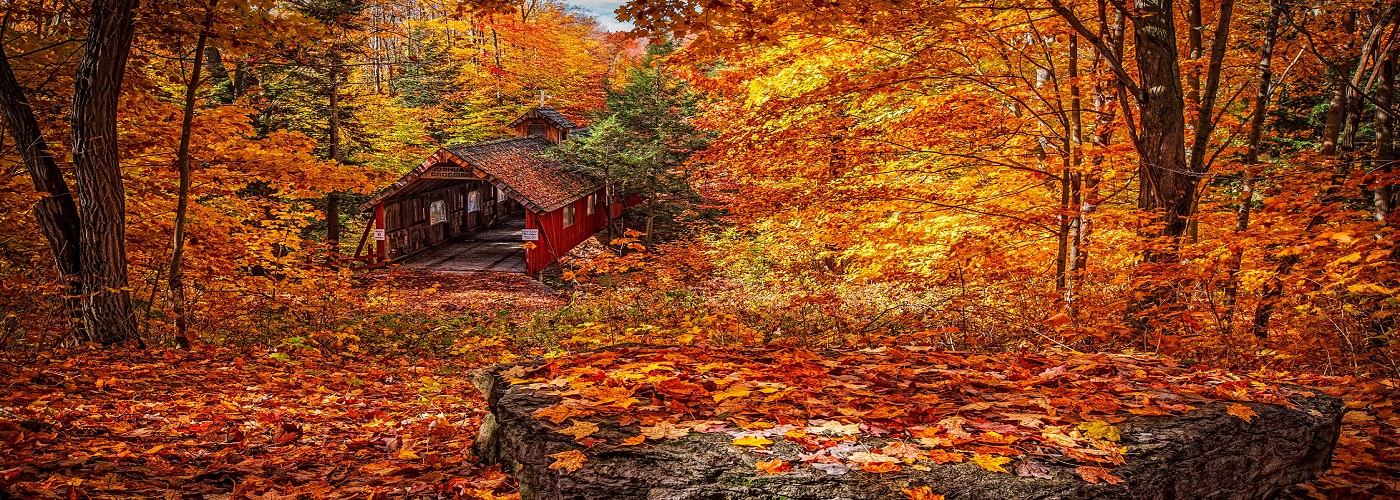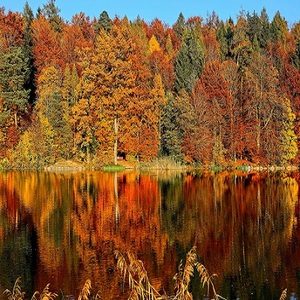

Autumn is a highly anticipated season for many. Whether it's due to the arrival of pumpkin flavored drinks at the local coffee shop, or the cooler days that start to settle in, there are many reasons to embrace fall. Of all the changes that come with fall, the favorite of many is the changing leaves. The hues of red, yellow, and gold that are unveiled bring postcard worthy scenes to many areas of the country.
The main driving force behind the changing leaves is the diminishing amount of sunlight. To understand why this is impactful, we must review the following process that is integral to all plant life: photosynthesis. Photosynthesis is the process in which plants take in sunlight, carbon dioxide, and water, converting it to carbohydrates (that feed the plant) and oxygen that is released into the air. This reaction is only completed successfully when the leaves are full of a pigment called chlorophyll, which is what gives them their green color. Chlorophyll allows the tree to harvest sunlight and use it to complete photosynthesis. As the days get shorter, chlorophyll production is reduced due to the decreasing amount of sunlight that can be absorbed. As chlorophyll begins to decay in the leaves, pigments that were masked by chlorophyll during the spring and summer are unveiled. It as if the leaves true colors are now able to be seen. In many trees, a pigment called carotene comes to the forefront. We all know carotene because it is what gives carrots and pumpkins their orange coloring. Trees that produce an excess of sugars, such as maples, add an extra wrinkle to fall color. The excess of sugar these trees produce in the fall adds compounds to the leaves called anthocyanins, giving the leaves the red and purple hues for which they are known.
Although the dwindling amount of daylight is the impetus behind the fall leaf change, there are certain weather patterns which can change the timing and brilliance each season. An early frost can lead to an earlier leaf change, while unseasonably warm weather into the fall can delay it. When there is adequate moisture leading up to fall, the trees will be healthy and offer a vivid fall color season. Although, a predominantly cloudy and rainy fall season can lead to a less brilliant display. Generally, a fall with a mix of cooler nights, sunny days, and some modest rain events in between will result in the most brilliant color display.
Check out the maps below to see when your part of the country is expecting its fall peak so you don't miss out on it!
Useful links to check on fall color:
https://smokymountains.com/fall-foliage-map/
https://www.dnr.state.mn.us/fall_colors/index.html
https://www.travelwisconsin.com/fall-color-report
https://newengland.com/seasons/fall/foliage/peak-fall-foliage-map/
